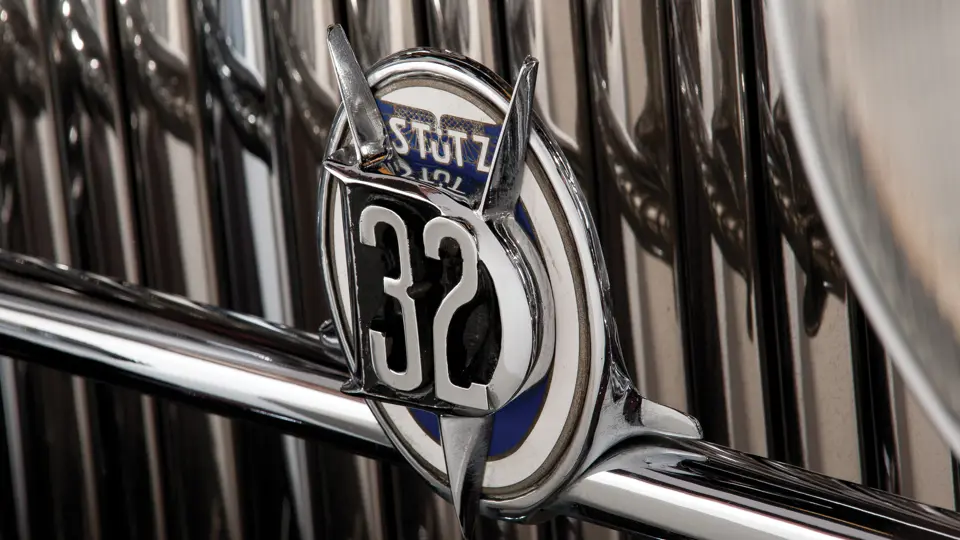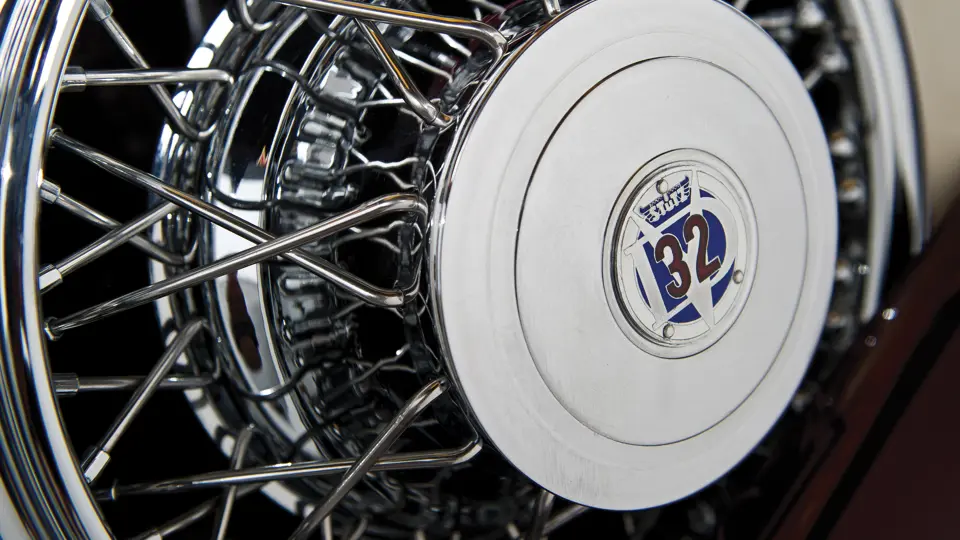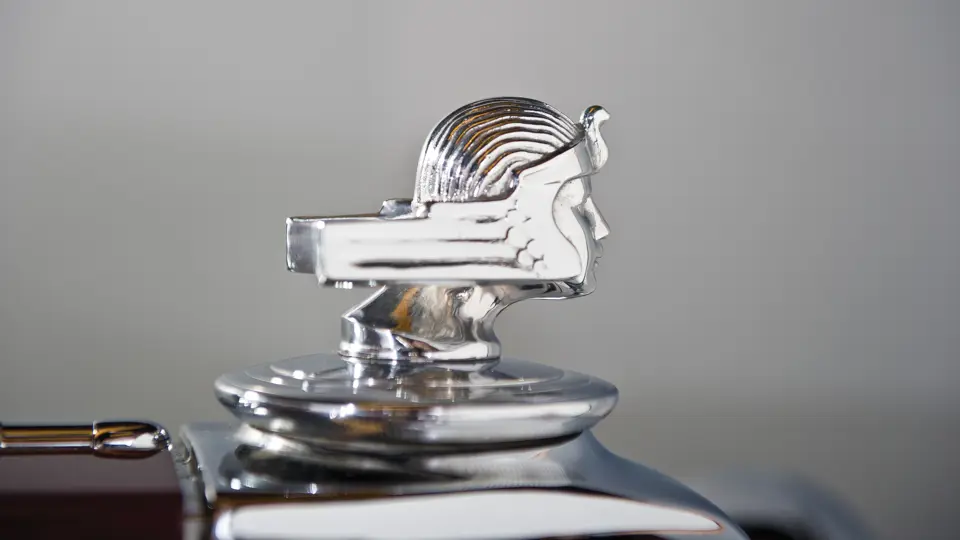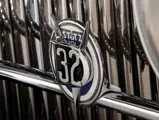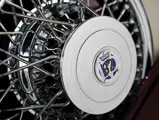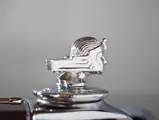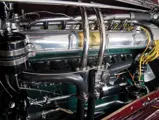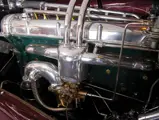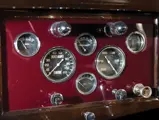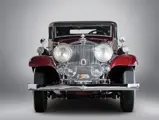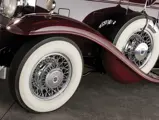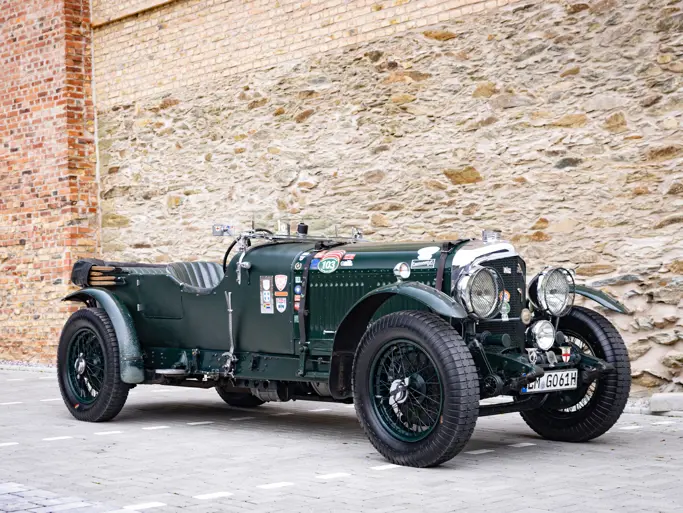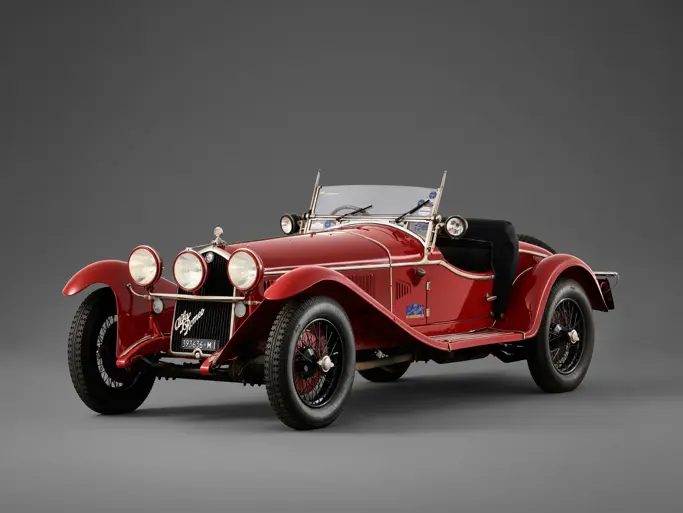Stutz's DV-32 began with the original Stutz Vertical Eight that had debuted in 1926. As the company did not have the funds on hand to design a completely new engine, they had to make do with this mill for five years, continuously fine-tuning and upgrading it. The DV-32 featured the last iteration of the powerplant, which began as a 322-cu. in. former BB engine that had been redesigned by Charles "Pop" Greuter, the dean of the Stutz engineering department, to include dual overhead camshafts and angled valves above the hemispherical combustion chambers. It was this arrangement that gave the engine its lasting title, the "Dual-Valve 32," for its four valves per cylinder, with 32 in total.
The upgraded engine produced some 156 hp, which was about the same horsepower-per-cubic-inch ratio of the Duesenberg Model J, and this was directed to the rear axle through a Warner three-speed transmission. With a lightweight body, as found on the example offered here, a DV-32 was swift, flexible, and capable of not only 90 mph, but also outrunning just about everything but the inevitable.
THE SPLENDID STUTZ
According to Stutz historians, this striking automobile was born new with this handsome convertible coupe body, style no. MB-47, on the long-wheelbase Model MB chassis. In the 1980s it was acquired by the late, noted collector Richard Sahlin of Michigan, who elected to install an original DV-32 engine, upgrading the car to the most desirable specification, and to modify the body with various design cues inspired by Rollston of New York City. This design existed in company literature but is never believed to have been built in period. It is important to note that much of the Stutz's original LeBaron body remained intact, with the beltline changed lightly and the windshield, lowered and raked in the 1950s, left in that form. Arguably the result adds even more attractive lines to the original LeBaron body and gives the car a menacing presence all of its own.
The car subsequently passed through the hands of noted collectors Robert Bahre, Noel Thompson, and the Milhous Brothers, earning an Antique Automobile Club of America National First Prize in 1990 and a Senior Premier First Prize in Classic Car Club of America National judging. At the landmark sale of the Milhous Collection in 2012, the current owners purchased the Stutz, being struck by its rakish lines and almost sinful beauty, and it has remained well-maintained in their private collection ever since.
Finished in rich maroon with chrome wire wheels, the Stutz presents beautifully, with excellent body contours and gaps, a rich shine to its finish, and high-quality brightwork, including the Ryan-Lite headlamps and Pilot Ray driving lights. The interior shows only minor wear, with a particularly attractive maroon and wood-grained dashboard, and the engine compartment and chassis show little signs of use.
Stutz production in 1932 barely reached 100. This car, then, is one of a very select few. It is beautifully presented in a lovely color with a sporting stance and truly lovely coachwork, and has an aggressive appeal that is second to none.

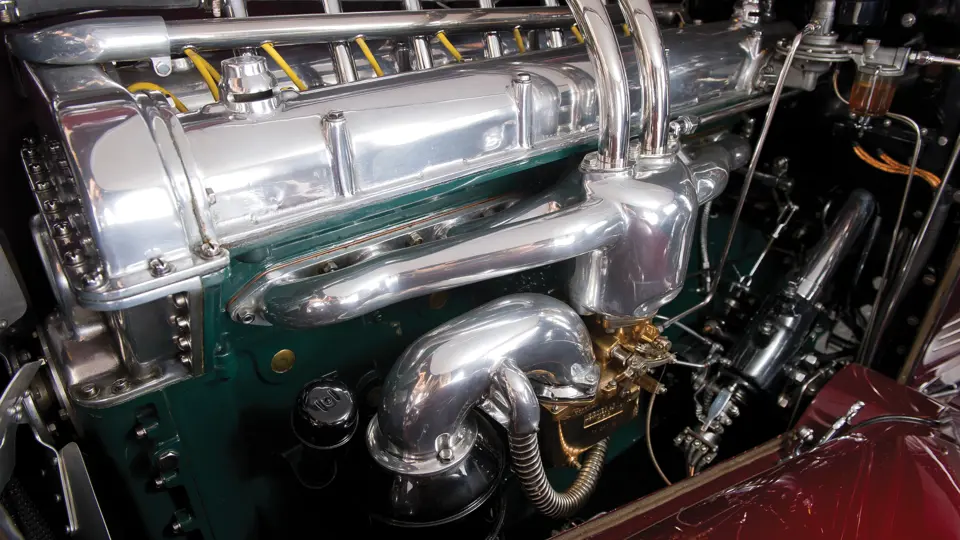


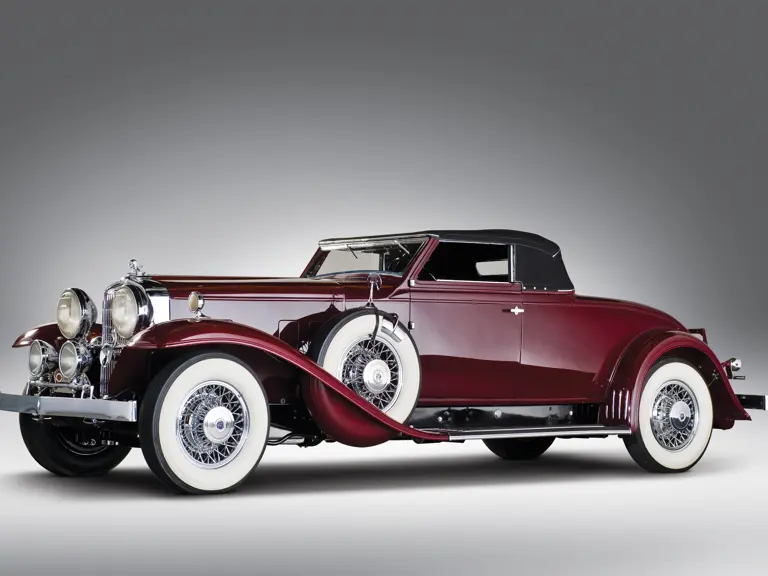
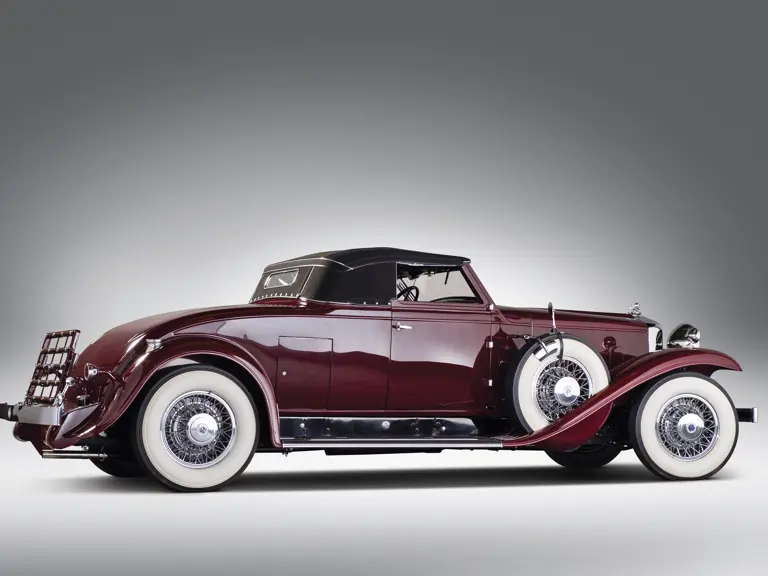
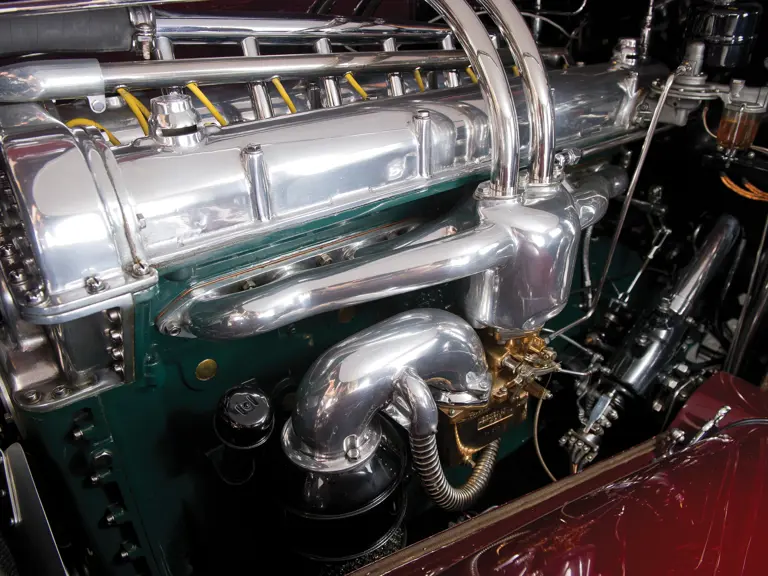
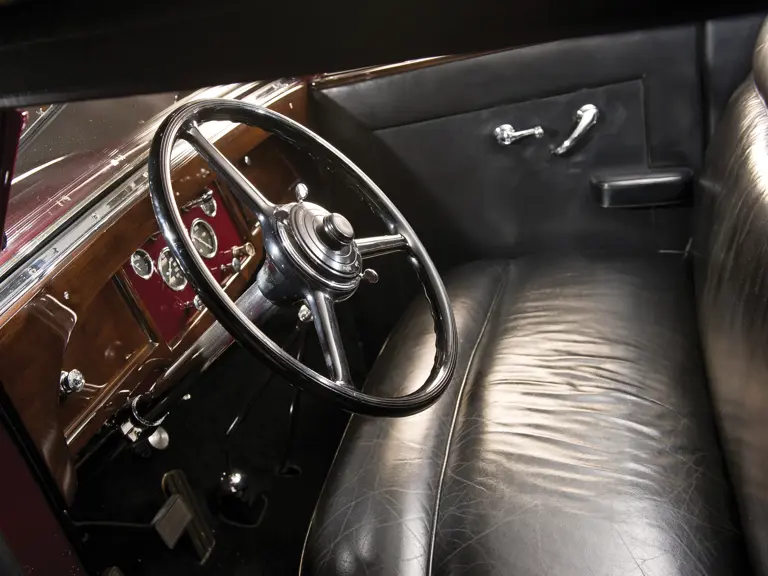
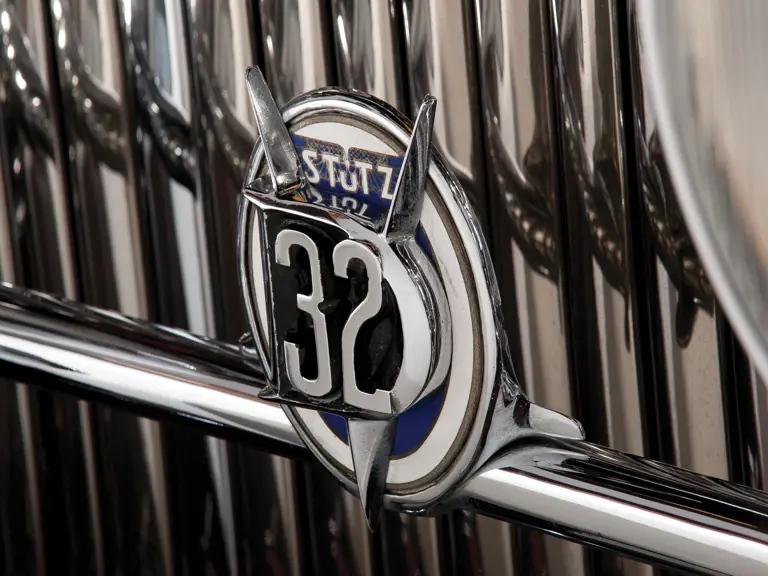
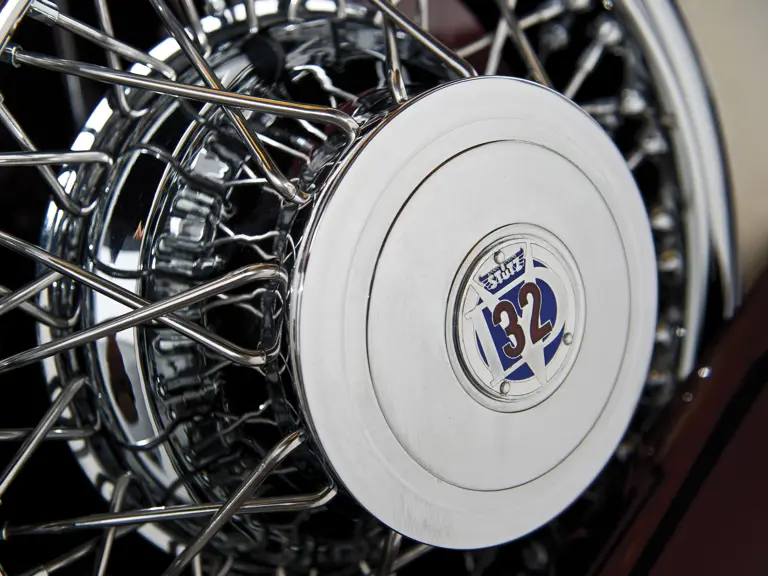

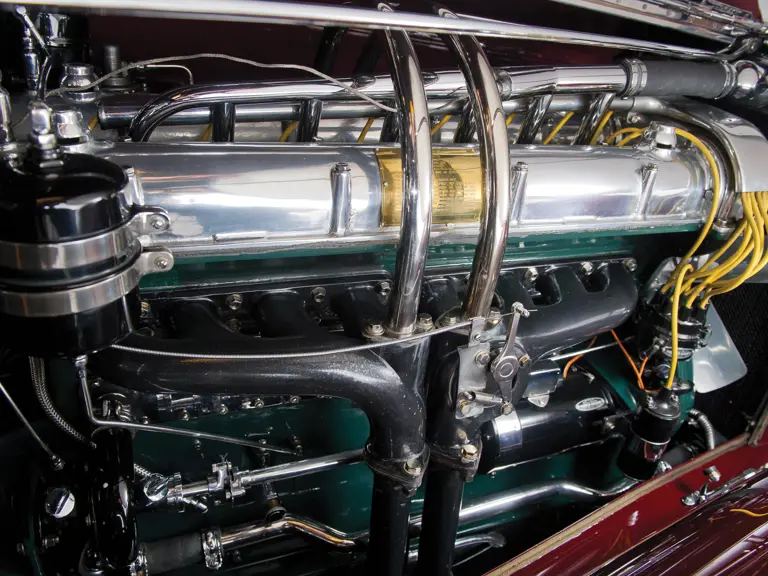
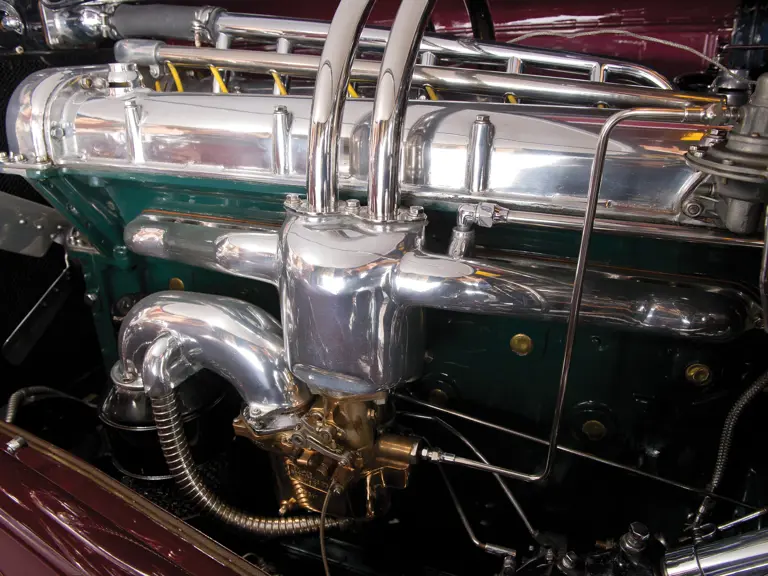
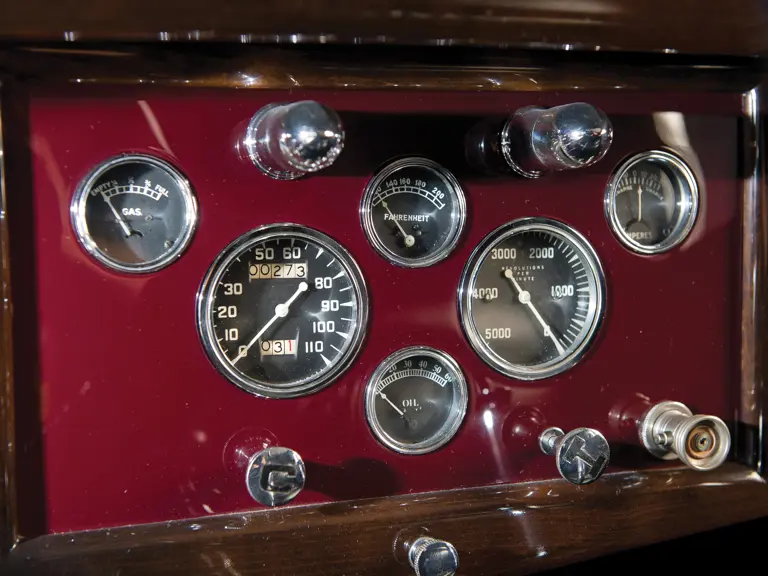
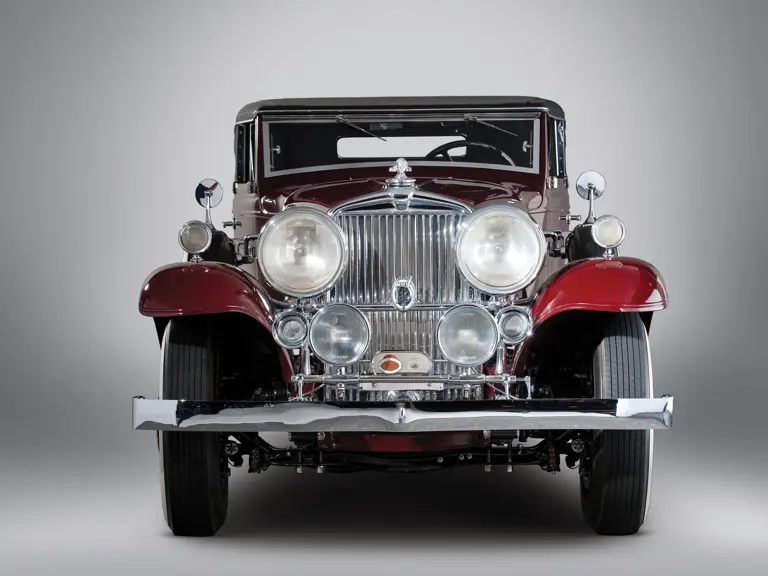
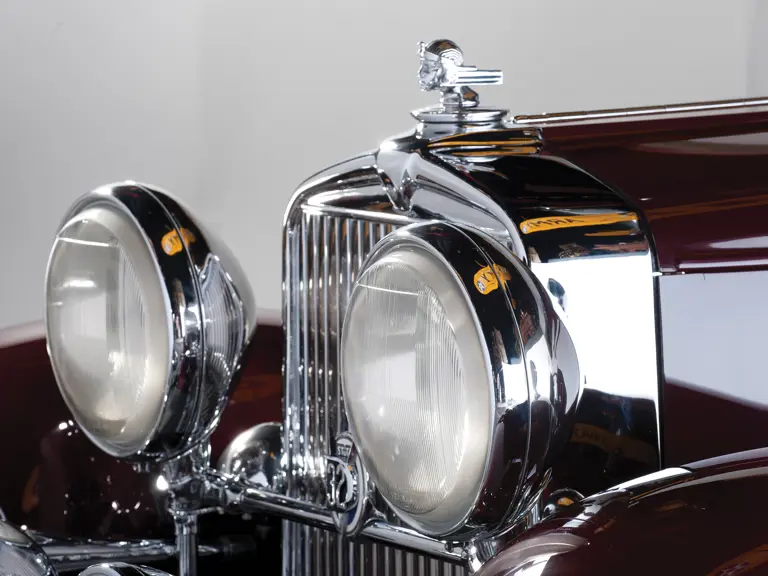
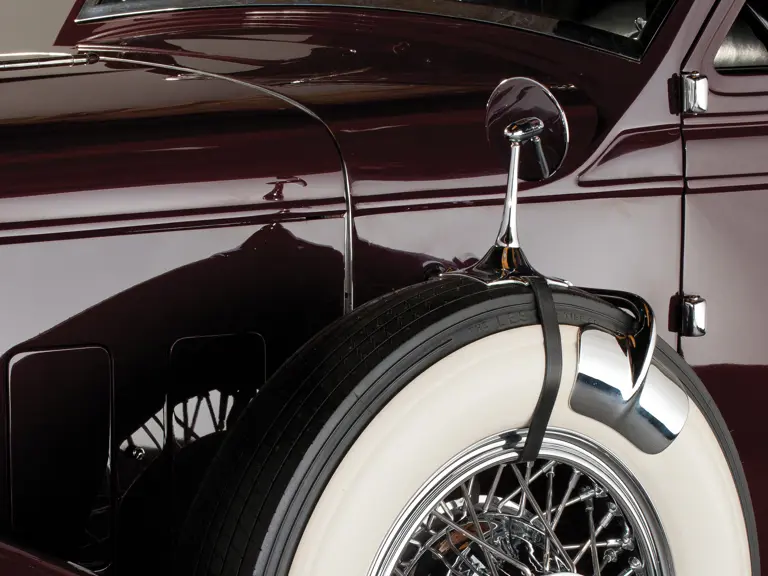

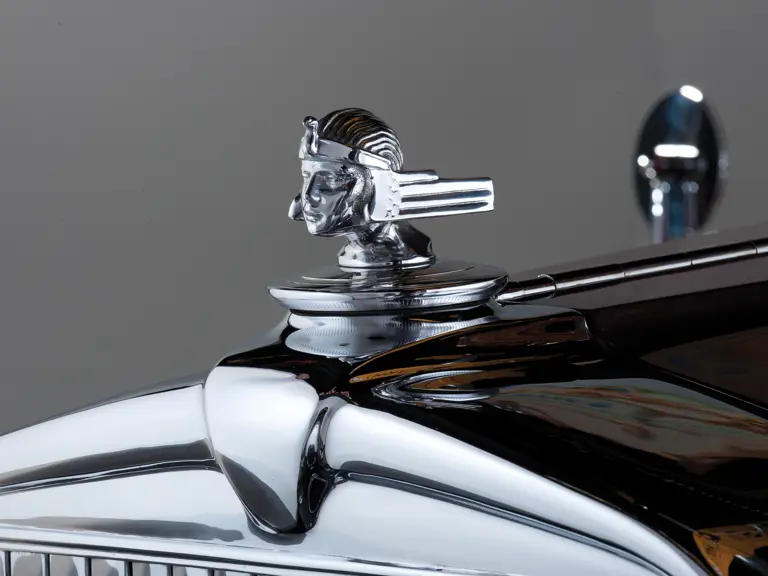
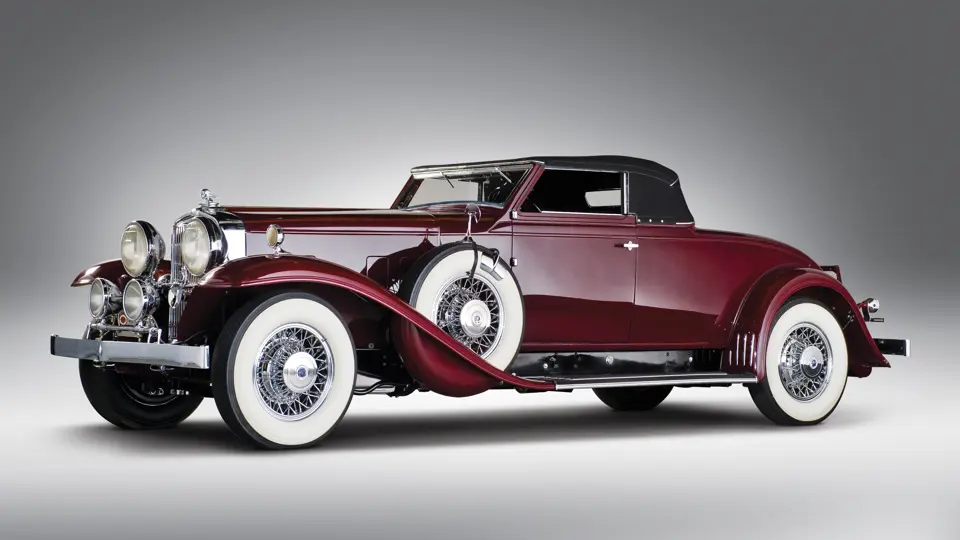
 | Amelia Island, Florida
| Amelia Island, Florida
